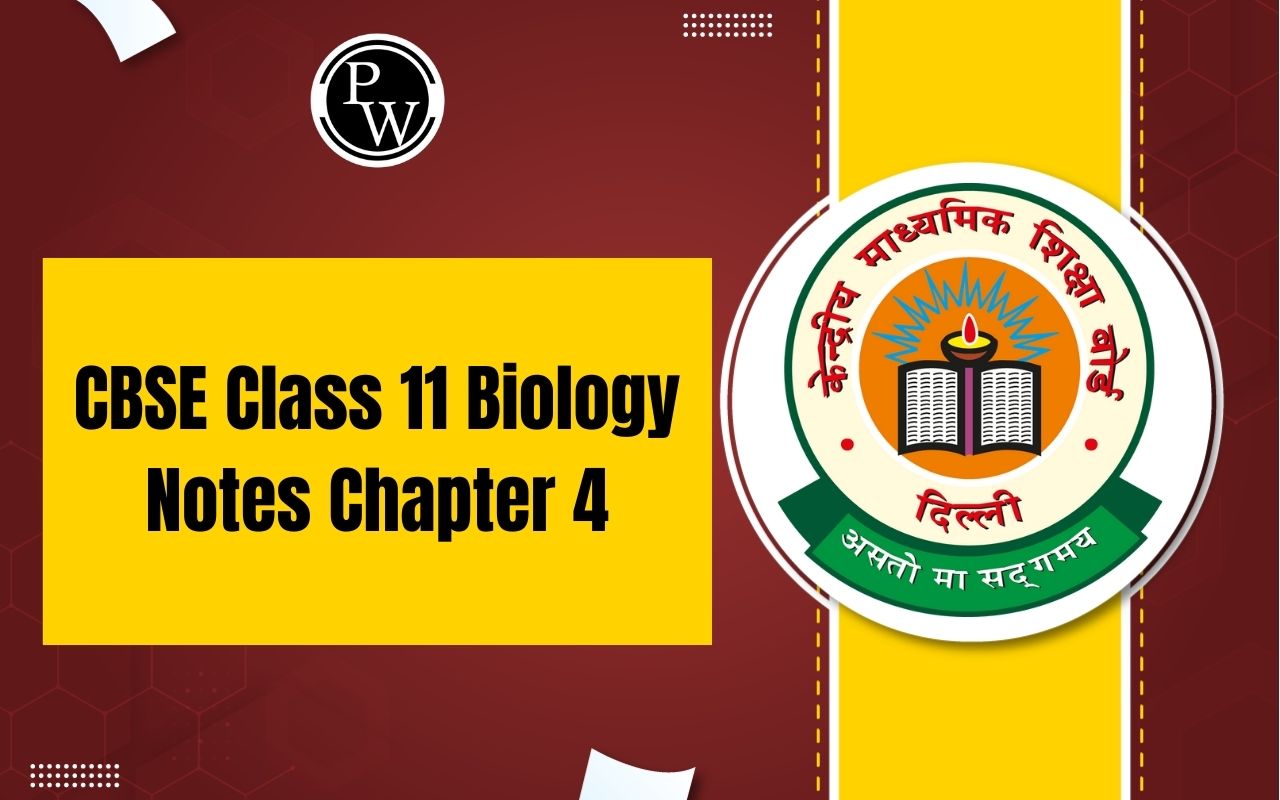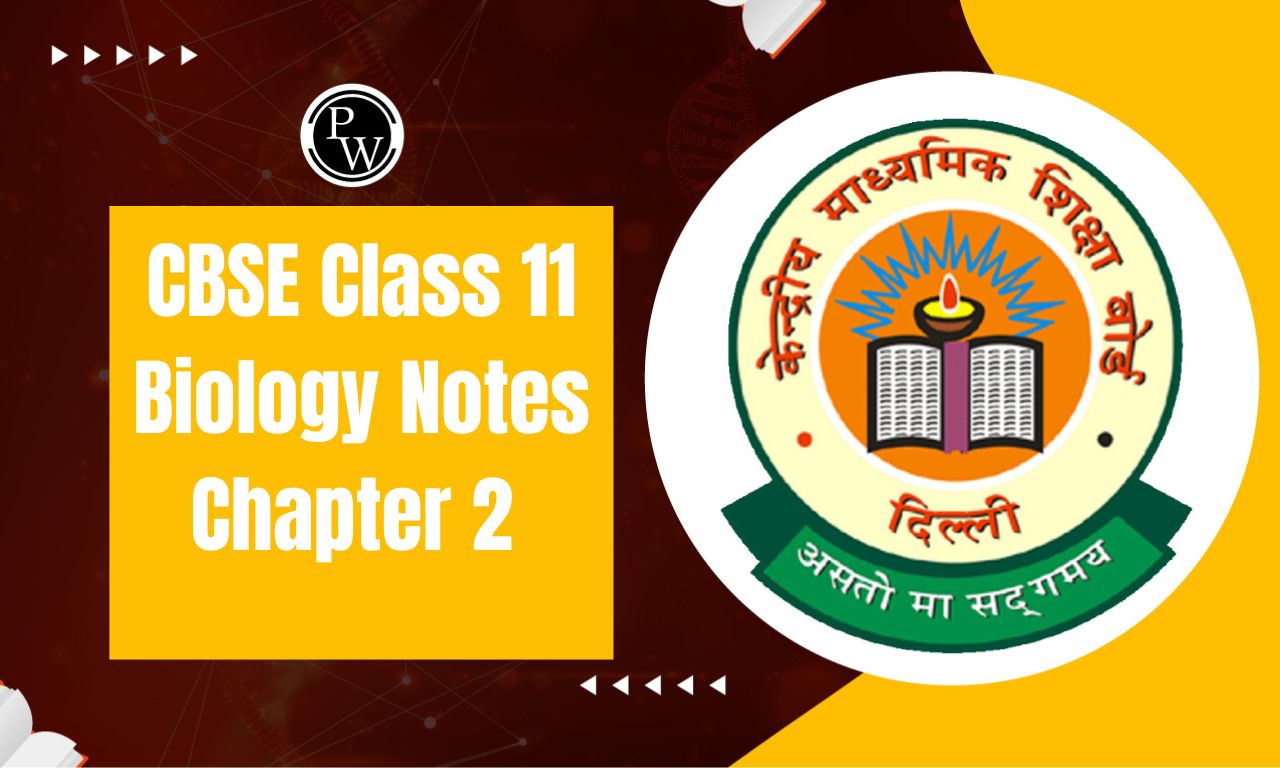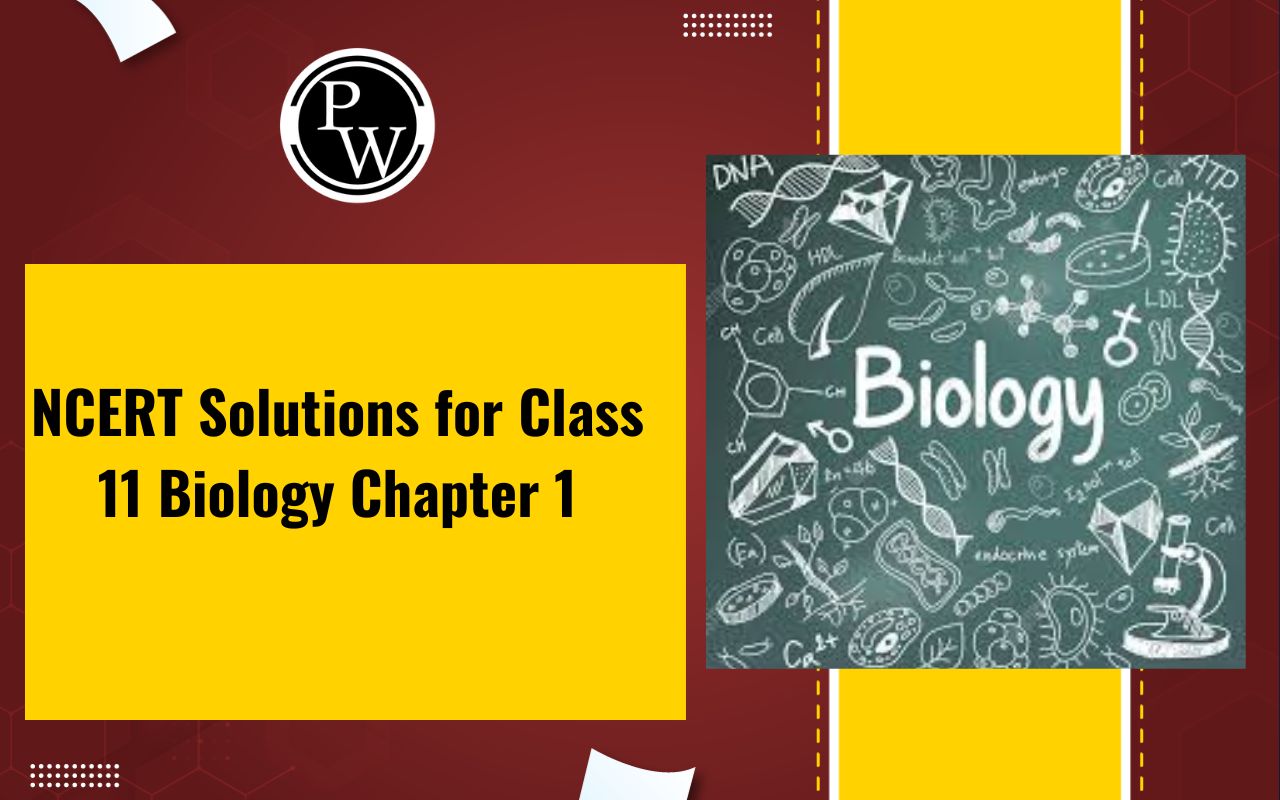
Important Questions for Class 11 Chemistry Chapter 5: Chapter 5 of Class 11 Chemistry, Thermodynamics, focuses on energy changes in chemical processes and their feasibility. Key topics include system, surroundings, types of systems (open, closed, isolated), state functions, and the first law of thermodynamics.
Concepts like internal energy (ΔU), enthalpy (ΔH), and their calculations for processes such as isothermal and adiabatic changes are crucial. The second law introduces entropy (ΔS) and spontaneity. Gibbs free energy (ΔG) determines feasibility. Important questions involve calculations of work, heat, enthalpy, entropy, and Gibbs energy, along with understanding specific heat capacity, enthalpy of reactions, and Hess's law. These principles explain energy conservation and transfer.Important Questions for Class 11 Chemistry Chapter 5 Overview
Important Questions for Class 11 Chemistry Chapter 5 Thermodynamics, is a pivotal topic that lays the foundation for understanding energy transformations in chemical systems. It focuses on concepts like internal energy, enthalpy, entropy, and the laws of thermodynamics, essential for predicting the feasibility of chemical reactions. Important questions from this chapter often involve calculations related to enthalpy changes, Hess's Law, Gibbs free energy, and the spontaneity of processes. Mastering these topics aids in solving real-world problems involving heat and energy flow. These questions not only build analytical skills but are also crucial for exams, ensuring strong fundamentals.Important Questions for Class 11 Chemistry Chapter 5 PDF
Important Questions for Class 11 Chemistry Chapter 5 Thermodynamics
Below is the Important Questions for Class 11 Chemistry Chapter 5 Thermodynamics -- Define a system
Ans: A system in thermodynamics is a part of the universe within a specified boundary.
- Define surroundings
Ans: The remaining of the universe which might be in a position to exchange energy and matter with the system is termed its surroundings.
- State the first law of thermodynamics
Ans: The first law of thermodynamics states that energy can neither be created nor be destroyed but can be transformed from one form to another.
- What kind of system is the coffee held in a cup?
Ans: Coffee held in a cup is an open system because it can exchange matter (water vapour and energy (heat) with the surroundings.
- Give an example of an isolated system
Ans: Coffee held in a thermos flask is an example of an isolated system because it can neither exchange energy nor matter with the surroundings.
- Name the different types of the system.
Ans: There are three types of system
- Open system
- Closed system
- Isolated system
- What will happen to internal energy if work is done by the system?
Ans: There is a decrease in internal energy of the system if work is done by the system.
- From a thermodynamic point of view, to which system the animals and plants belong?
Ans: Open system
- How may the state of the thermodynamic system be defined?
Ans: The state of the thermodynamic system can be defined by specifying values of state variables like temperature, pressure and volume.
- Define enthalpy
Ans: It is defined as the total heat content of the system.
- Give the mathematical expression of enthalpy.
Ans: Mathematically H=U+PVH=U+PV where UU is internal energy
- When is enthalpy change ΔHΔH -
(i) positive (ii) negative.
Ans:
- In an endothermic reaction it absorbs heat from the surroundings so enthalpy change in positive
- In an exothermic reaction heat is evolved so enthalpy change is negative.
- Give the expression for
(i) isothermal irreversible change,
and isothermal reversible change
Ans: For isothermal reversible change
Q= −wQ= −w
Q=pext(Vf−Vi) Q=pext(Vf−Vi)
For isothermal reversible change
Q= −wQ= −w
Q=2.303nRTlog(VfVi) Q=2.303nRTlog(VfVi)
- Define Heat capacity
Ans: Specific heat /specific heat capacity is the quantity of heat required to raise the temperature of one unit mass of a substance by one degree Celsius (or one Kelvin).
- Define specific heat.
Ans: Specific heat /specific heat capacity is the quantity of heat required to raise the temperature of one unit mass of a substance by one degree Celsius (or one Kelvin).
- Give the mathematical expression of heat capacity.
Ans: The mathematical expression of heat capacity is as follows
q=mcΔTq=mcΔT
If,
m=1m=1
q=CΔT
17. With the help of first law of thermodynamics and H = U + pV H = U + pV prove Δ H = q p ΔH=qp
Ans: Enthalpy is defined as follows
H = U + p V H=U+pV
Δ H = Δ ( U + p V ) ΔH=Δ(U+pV)
Δ H = Δ U + Δ ( p V ) ΔH=ΔU+Δ(pV)
Δ H = Δ U + p Δ V + V Δ p ΔH=ΔU+pΔV+VΔp ……(i)
From first law of thermodynamics,
Δ U = q + w ΔU=q+w
= q − p Δ V =q−pΔV
From equation (i) and (ii), we get
Δ H = q − p Δ V + p Δ V + V Δ p ΔH=q−pΔV+pΔV+VΔp
Δ H = q + V Δ p ΔH=q+VΔp
At constant pressure,
Δ p = 0 Δp=0
V Δ p = 0 VΔp=0
Δ H = q p ΔH=qp at constant pressure
Therefore, Δ H = q p ΔH=qp
18. Why is the difference between Δ H ΔH and Δ U ΔU not significant for solids or liquids?
Ans: The difference between Δ H ΔH and Δ U ΔU is not significant for solids or liquids because systems made up entirely of solids and/or liquids do not experience significant volume changes when heated, the difference between and is usually insignificant.
19. What is an extensive and intensive property?
Ans: Extensive property is defined as the property which depends on the quantity or size of the matter present in the system.
Intensive property is defined as the property which depends on the quantity or size of matter present in the system.
20. Show that for an ideal gas, the molar heat capacity under constant volume conditions is equal to 3 2 R 32R .
Ans: For an ideal gas, the average kinetic energy per mole of the gas at any temperature is given by E k = 3 2 R T Ek=32RT
Hence increase in average kinetic energy of gas for 1 o C 1oC rise in temperature is
Δ E k −→ = 3 2 R ( T + 1 ) − 3 2 R T ΔEk→=32R(T+1)−32RT
By definition, E K −→ EK→ is the molar heat capacity of gas at constant volume C V CV
∴ C V = 3 2 R ∴CV=32R
21. A 1.25 1.25 g sample of octane ( C 18 H 18 C18H18 ) is burnt in excess of oxygen in a bomb calorimeter. The temperature of the calorimeter rises from 294.05 294.05 to 300.78 300.78 K K . If heat capacity of the calorimeter is 8.93 KJ K - 1 8.93KJK - 1 . find the heat transferred to calorimeter.
Ans: Mass of octane,
M = 1.250 g M=1.250g
M = 0.00125 M=0.00125
Heat capacity, c = 8.93 KJ K - 1 c=8.93KJK - 1
Increase in temperature, Δ T = 300.78 − 294.05 ΔT=300.78−294.05
Δ T = 6.73 K ΔT=6.73K
So, the heat transferred to calorimeter is
m c Δ T = 0.00125 × 8.93 × 6.73 mcΔT=0.00125×8.93×6.73
= 0.075 KJ =0.075KJ
22. What is the relation between the enthalpy of reaction and bond enthalpy?
Ans: In a chemical reaction the breaking of bonds and formation of new bonds in products takes place. The heat of reaction is dependent on the values needed to break the bond formation. Thus
Heat of reaction = Heat required for breaking of bonds in reactants − − Heat required for breaking of bonds in products
-
Δ H o = ΔHo= Bond energy is required to break the bonds - Bond energy required to form the bonds = Bond energy of reactants – Bond energy of products.
Benefits of Solving Important Questions for Class 11 Chemistry Chapter 5
Below we have provided some of the benefits of Important Questions for Class 11 Chemistry Chapter 5 Thermodynamics -Enhanced Conceptual Understanding
Thermodynamics is a concept-driven chapter, focusing on laws, processes, and energy changes. Solving important questions helps students grasp critical concepts like enthalpy, entropy, internal energy, and Gibbs free energy more effectively.Application of Theoretical Knowledge
By solving a variety of questions, students learn to apply theoretical principles in different scenarios, such as understanding heat exchange, work done in a system, and the spontaneity of reactions.Familiarity with Question Patterns
Practicing questions provides insights into the types of problems frequently asked in exams, including derivations, numerical problems, and application-based queries.Improved Problem-Solving Skills
Regular practice of numerical and conceptual questions helps students develop a systematic approach to solving problems, enhancing speed and accuracy.Important Questions for Class 11 Chemistry Chapter 5 FAQs
What is the basic principle of thermodynamics?
How is thermodynamics used in everyday life?
What is the basic first law of thermodynamics?
What is entropy in thermodynamics?










